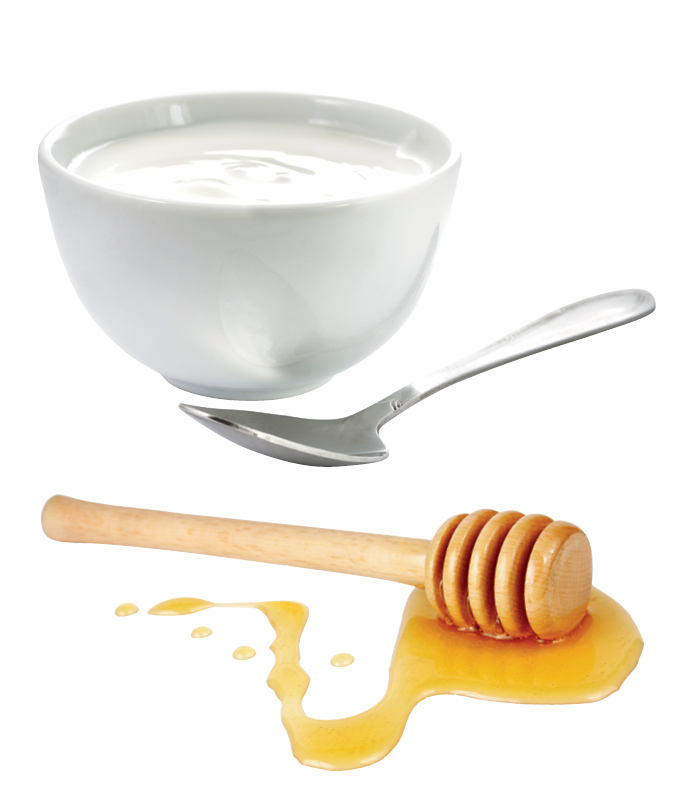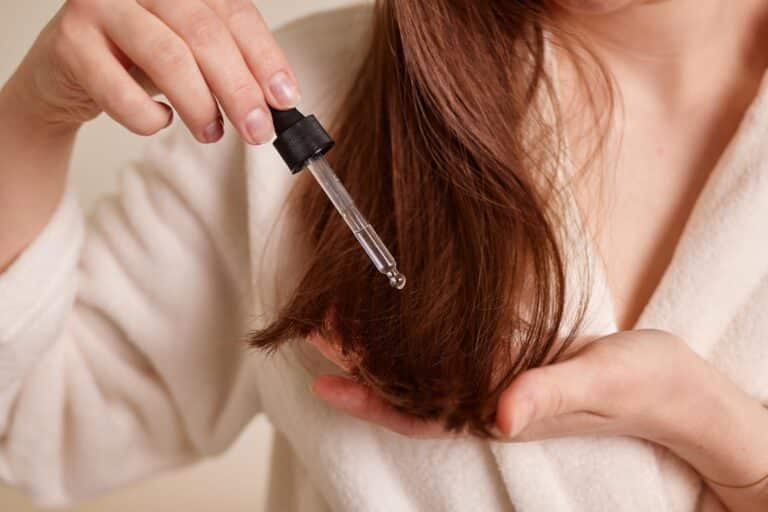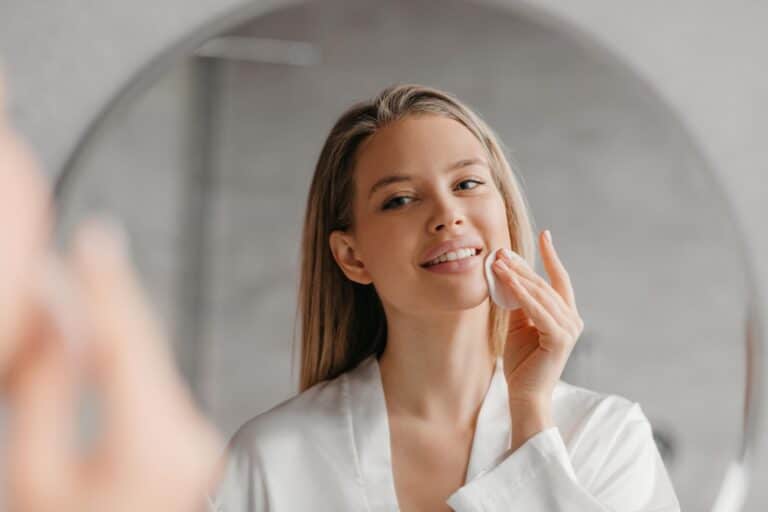If you religiously buff and scrub your face multiple times a day, you might be doing more harm than good. Yes, your complexion will be very clean, but that’s the problem. “When you over cleanse and strip the skin, you remove not only natural oils, but the healthy bacteria that lives on your complexion,” says Whitney Bowe, M.D., a dermatologist with offices in New York City and Briarcliff Manor, NY.
This can lead to some not-so-pretty results, like inflammation, redness and acne. One solution is to lather up less often, says Greenwich, CT, dermatologist Kim Nichols, M.D. “Just do it twice a day—as soon as you wake up and before you go to bed.” Another option is to add probiotics, or “good” bacteria, into your skincare routine. “Just as they are said to calm stomach inflammation, probiotics are billed as having a calming effect on skin irritation,” explains Dr. Bowe.
While you can up your intake with foods, there’s also a new wave of probiotic-infused skincare and spa treatments available. “Topical forms of probiotics contain bacteria or bacterial fragments that interact with receptors found on cells within the skin,” says New York City dermatologist Erin Gilbert, M.D. “This interaction can set off responses that reduce inflammation, boost the skin’s immunity and likely even induce collagen synthesis.”
Another bonus is that probiotic skincare formulas often contain other beneficial ingredients. Dr. Bowe likes Aurelia Probiotic Skincare Miracle Cleanser ($62, shen-beauty.com), which is fortified with peptides to brighten and hydrate, and NUDE Skincare Purifying Cleansing Wash ($26, nudeskincare.com), with ultra-hydrating hyaluronic acid. Or consider a spa fix, like the Glowbiotic YouthBoost at GLOSquad spa in Greenwich, CT. The 25-minute treatment harnesses the power of probiotic bioactives in order to brighten and balance your complexion ($125, glosquad.com). Dr. Gilbert, a consultant for GLOSquad, likes the spa’s myBody Glowbiotic Probiotic Instant Resurfacing Pads ($49, mybodyskincare.com) for an easy at-home treatment. When used once or twice weekly, she says, they deliver “an overall glow for any skin type.”
Still, dermatologists caution that probiotics are not a magic bullet. “Most products do not have live bacteria,” says Dr. Bowe. “Applying a bacterial lystate, extract or derivative might be just as beneficial as applying live strains, but we need further studies.” In that case, you might want to stock up on yogurt with live and active cultures and take a supplement like Ther-Biotic Complete, which Dr. Nichols recommends. This way, you can apply your probitoics—and eat them too.
DIY Probiotic Mask
 1 tablespoon honey
1 tablespoon honey
2 tablespoons full-fat Greek yogurt
Mix the ingredients together in a bowl and apply to freshly cleansed skin. Leave on for 10 minutes. “The yogurt and honey work to strengthen your skin’s protective barrier, retain moisture and alleviate eczema, rosacea and acne,” says Dr. Bowe, who recommends doing the mask once a week.
Culture Club
Get more good bacteria in your routine with these probiotic-rich picks.
 Aurelia Probiotic Cell Repair Night Oil
Aurelia Probiotic Cell Repair Night Oil
Rub two drops between your palms and pat on your face to fight dullness and dehydration. $82, shen-beauty.com
mybody Clean Routine Probiotic Revitalizing Cleanser
It’s sulfate-free so it won’t irritate delicate skin. $32, mybodyskincare.com
Tula Hydrating Day & Night Cream
Its probiotic technology and moisturizing antioxidants help soften fine lines and firm your complexion. $52, tula.com
Clinique Redness Solutions Makeup SPF 15 with Probiotic Technology
Swipe it on to cover redness and prevent it from coming back. $27, clinique.com



